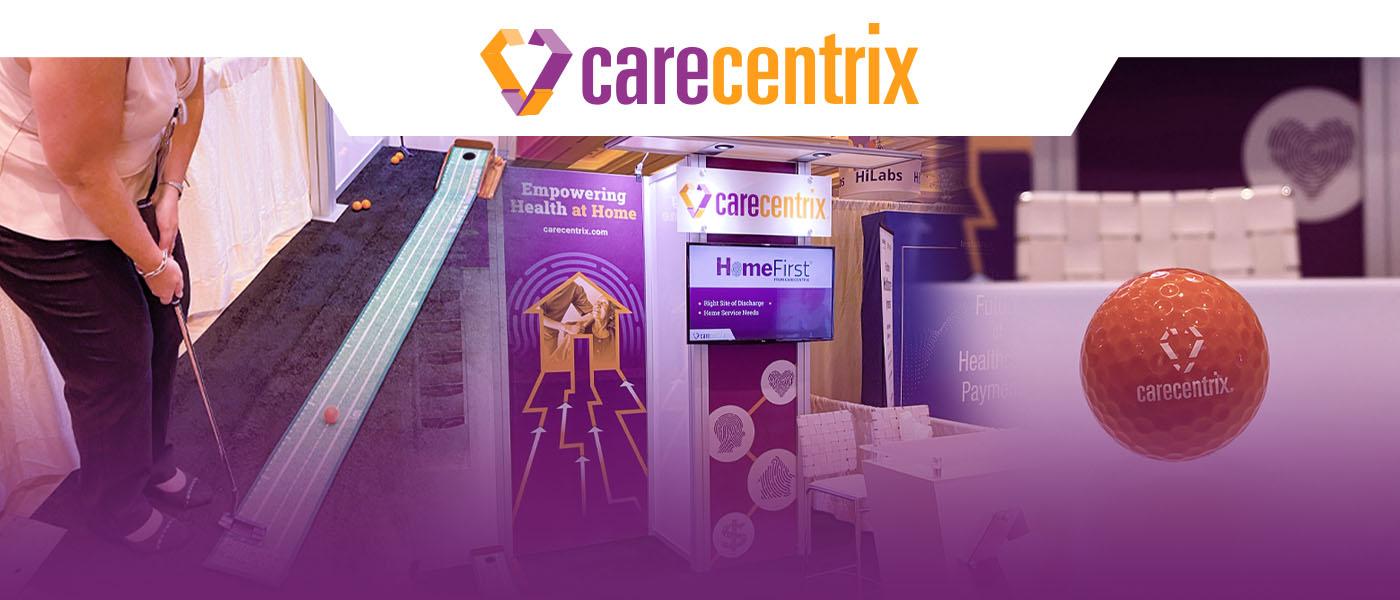Homefront Insights
- View Insights
Overcoming the Staffing Shortage Impact to Post Acute Care
March 13, 2023As a result of economic downturns, aging, and chronic disease populations, and nurse attrition1, healthcare staffing shortages in the U.S.…
- View Insights
4 Healthcare Trends that MA Plans Should Know in 2023
February 13, 2023This year will be one marked by significant change and challenges as Medicare Advantage (MA) plans grapple with their new…
- View Insights
Delivering Care at the Community Level – A Common denominator at HLTH 2022
December 2, 2022Each year, HLTH brings the entire healthcare industry together — connecting stakeholders to focus on pushing boundaries and moving the…
- View Insights
The Future of Serious Illness Care: 3 Ways to Improve Your Strategy
November 21, 2022With serious illness care being a highly uncoordinated part of healthcare, how can health plans use innovative strategies to better…
- View Insights
AHIP 2022: Home Health Care Industry Trends
July 11, 2022Recently, health plan executives from across the country, along with policymakers, providers, and others, gathered at the AHIP 2022 summit…
- View Insights
The Caregiving Crisis: How Health Plans Can Help
May 3, 2022Over the course of my career caring for and developing programs for people with serious illness, I have come to…
- View Insights
Health Care’s Tectonic Shift – What Payors Must Know to Succeed
April 26, 2022We are in the midst of a tectonic shift of health care to the home that is only going to…






